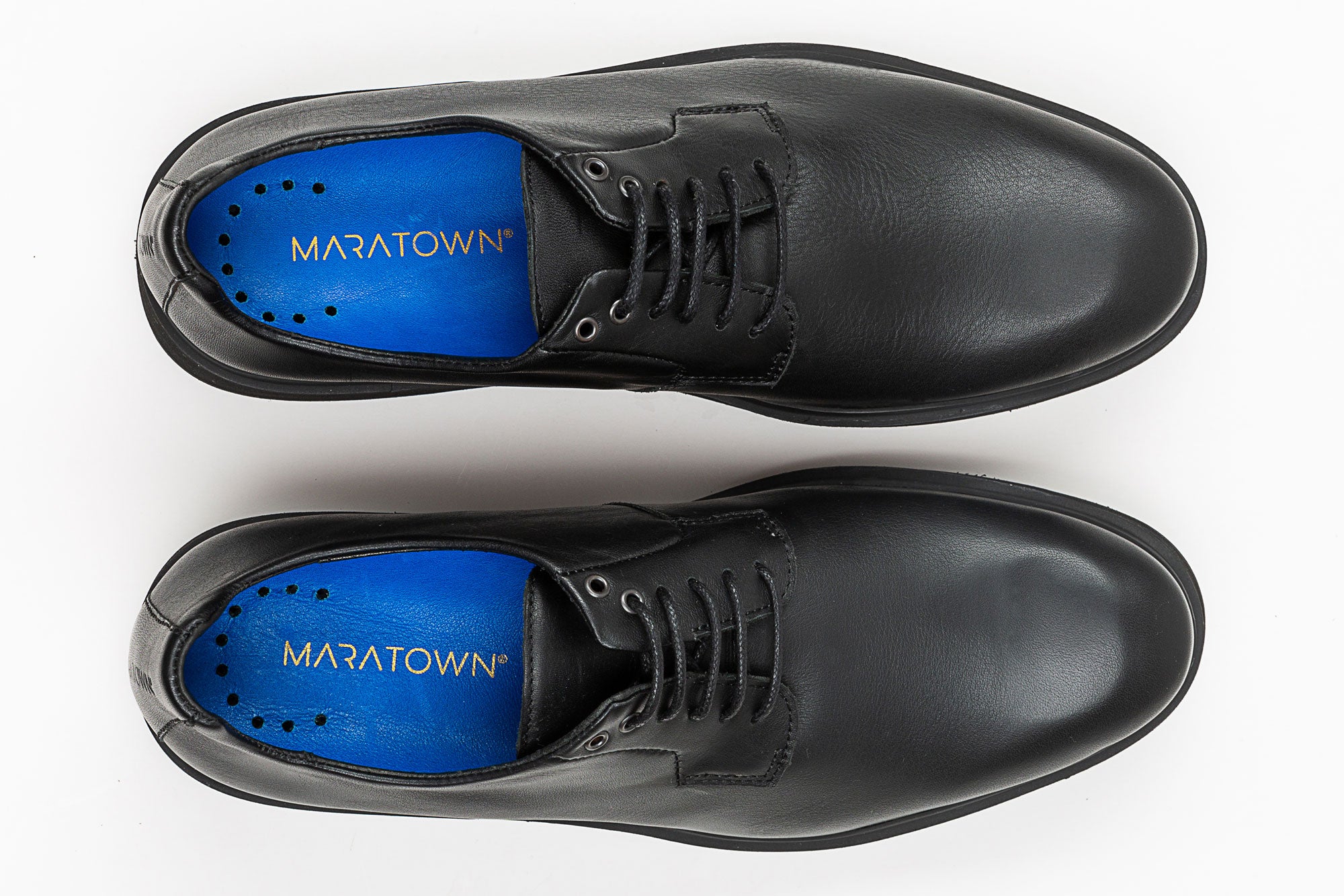5 Ways Thinsulate Boots Insulate
The innovative technology of Thinsulate boots has revolutionized the way we stay warm in cold conditions. By understanding how these boots insulate, we can better appreciate the science behind keeping our feet warm and dry. Here are five ways Thinsulate boots achieve exceptional insulation:
1. Microscopic Air Traps
Thinsulate insulation is made up of tiny synthetic fibers that trap warm air. These fibers are so fine that they create microscopic air pockets, which are excellent insulators. When you wear Thinsulate boots, your body heat warms the air closest to your skin. This warm air is then trapped by the Thinsulate fibers, preventing it from escaping. The result is a layer of warm air that acts as a barrier between your feet and the cold outside environment.
2. Water Resistance
Thinsulate boots are designed to be water-resistant, which is crucial for maintaining their insulating properties. Water is a much better conductor of heat than air, so if the insulation gets wet, it loses its ability to keep you warm. The water-resistant membrane in Thinsulate boots prevents moisture from penetrating the insulation, ensuring that the microscopic air pockets remain dry and effective. This means that even in wet or snowy conditions, your feet stay warm and dry.
3. Breathability
While it may seem counterintuitive, breathability is also a key factor in how Thinsulate boots insulate. The membranes used in these boots allow moisture vapor (such as sweat) to escape, preventing the buildup of condensation inside the boot. If condensation were to form, it could lead to cold, wet conditions that undermine the insulating properties of the Thinsulate. By allowing moisture vapor to escape while keeping liquid water out, Thinsulate boots maintain a dry, warm environment for your feet.
4. Thermal Reflection
Some Thinsulate boots incorporate materials that reflect thermal radiation. This means that instead of allowing your body heat to escape, these materials reflect it back towards your feet. This reflective property enhances the overall insulating effect, helping to keep your feet warmer for longer. The combination of trapping warm air, preventing moisture ingress, and reflecting body heat makes Thinsulate boots exceptionally effective at cold-weather insulation.
5. Optimized Thickness and Weight
The Thinsulate technology allows for insulation that is both thick enough to be highly effective and thin enough to maintain flexibility and comfort. Unlike bulkier insulations, Thinsulate can provide significant warmth without the need for excessive thickness, making it ideal for boots that need to balance warmth with mobility. The optimized thickness and weight of Thinsulate boots ensure that they are not only warm but also comfortable to wear, even during prolonged periods of activity.
Conclusion
Thinsulate boots offer a sophisticated solution to the challenge of keeping feet warm in cold environments. By leveraging microscopic air traps, water resistance, breathability, thermal reflection, and optimized thickness and weight, Thinsulate technology provides unparalleled insulation. Whether you’re an outdoor enthusiast or simply someone who spends a lot of time in cold conditions, understanding how Thinsulate boots work can help you appreciate the innovation that goes into keeping your feet warm and comfortable.
Frequently Asked Questions
How does Thinsulate insulation compare to down insulation in terms of warmth?
+Thinsulate insulation and down insulation have different strengths. Thinsulate retains its insulating properties even when wet, whereas down loses its insulating ability when it gets wet. However, down can provide better warmth when dry. The choice between Thinsulate and down often depends on the conditions in which the boots will be used.
Can Thinsulate boots be used in extremely cold conditions, such as Arctic expeditions?
+While Thinsulate boots are designed for cold conditions, their effectiveness in extremely cold environments, such as those encountered during Arctic expeditions, can vary. In such cases, the boots' ability to keep feet warm depends on factors like the specific Thinsulate insulation weight, the overall boot design, and the user's activity level. For extreme cold, specialized gear that includes additional insulation layers and heating elements might be necessary.
How do I care for my Thinsulate boots to ensure they remain effective?
+Caring for Thinsulate boots involves avoiding exposure to excessive heat, which can damage the insulation. Regularly cleaning the boots with mild soap and water, and allowing them to air dry, can help maintain their water resistance and breathability. It's also crucial to follow the manufacturer's instructions for any cleaning products or treatments to avoid damaging the materials.
In conclusion, Thinsulate boots offer a sophisticated and effective solution for cold-weather footwear, leveraging a combination of innovative technologies to keep feet warm and dry. By understanding the principles behind their insulation, users can better appreciate the value of Thinsulate boots in a variety of cold-weather applications.



